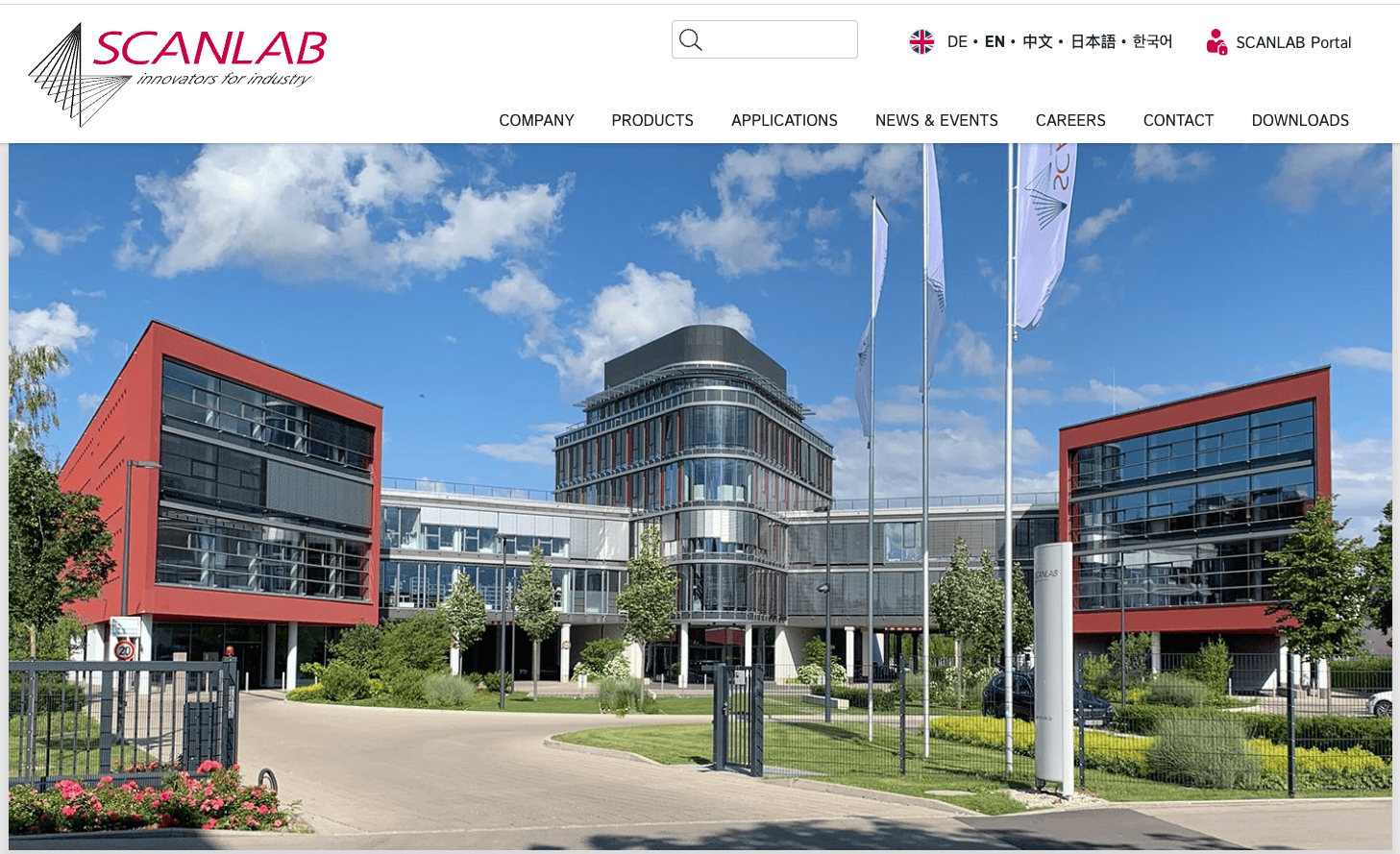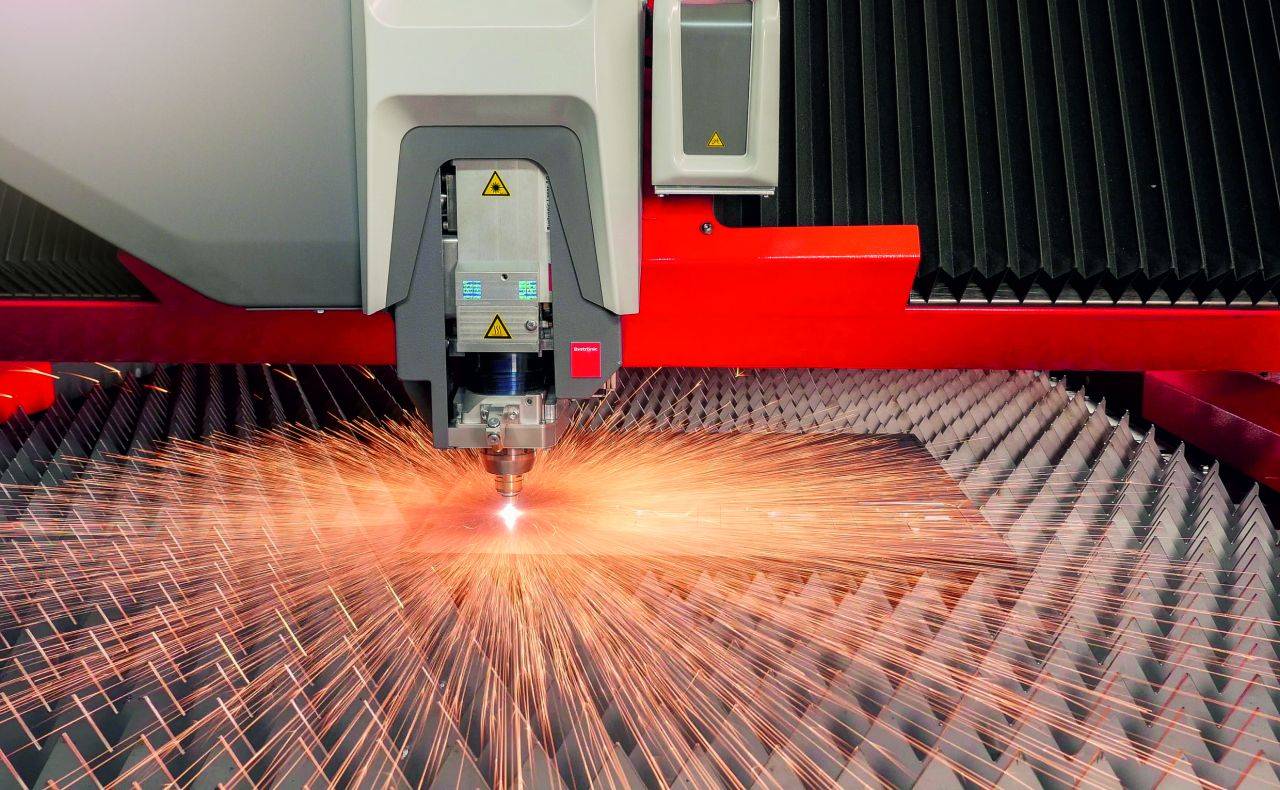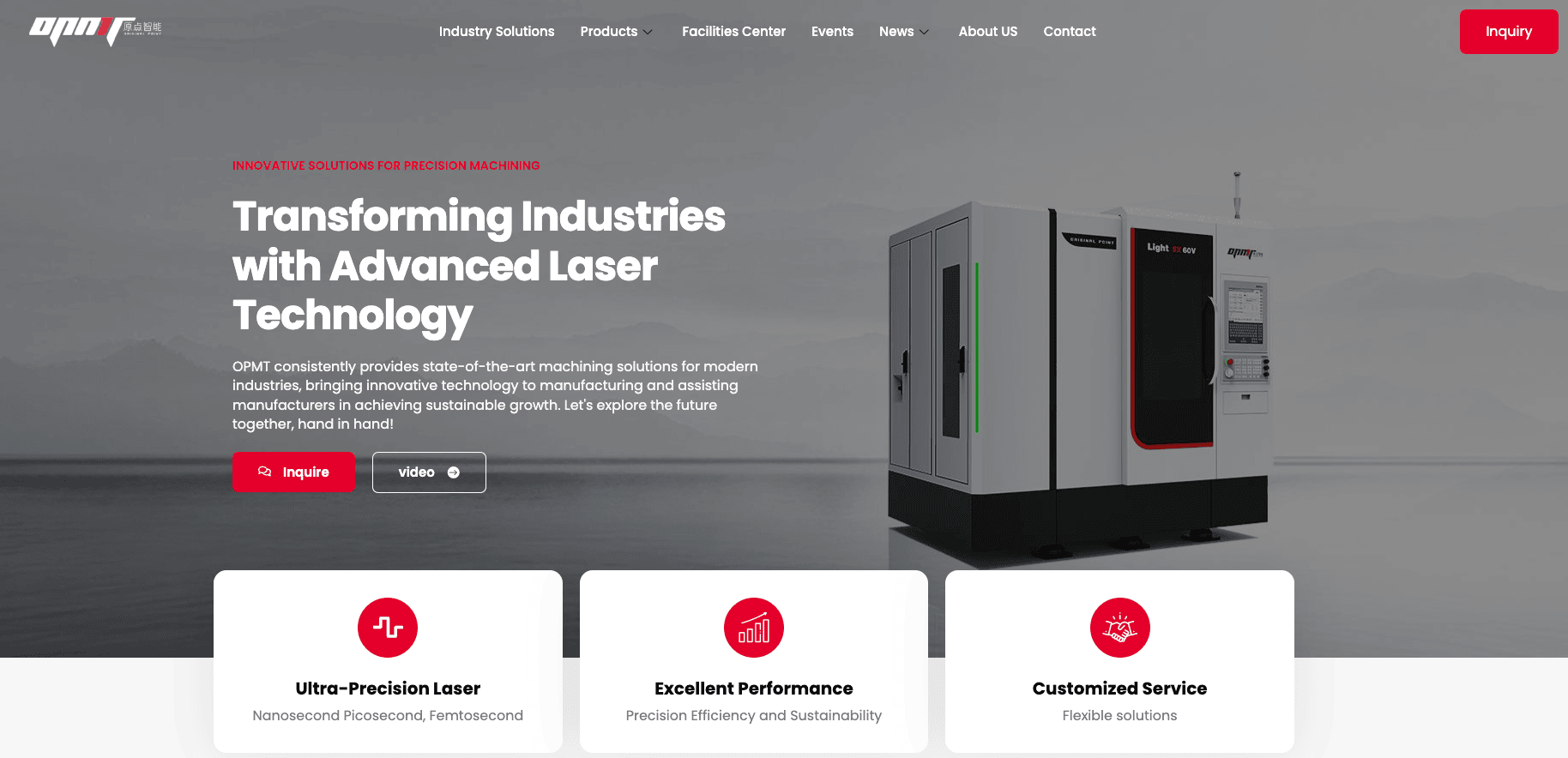Fiber laser cutting has become the cornerstone of modern manufacturing, enabling precision at scales previously unattainable with mechanical tools. As of 2025, the global fiber laser market is projected to reach $7.2 billion, driven by demand from aerospace, automotive, and renewable energy sectors. Leading manufacturers like IPG Photonics, OPMT Laser and BWT continue to push boundaries, with recent breakthroughs such as BWT’s 120kW industrial-grade fiber laser achieving certification from the China National Laser Products Quality Inspection Test Center.
This technology’s dominance stems from its ability to cut reflective metals like copper and aluminum at speeds 3–5x faster than CO₂ lasers, while reducing energy consumption by up to 50%. For a detailed comparison of laser types, explore our analysis of Fiber vs. CO₂ Lasers.
The Evolution of Laser Cutting Technology
From CO₂ to Fiber: A Paradigm Shift
The transition from CO₂ to fiber lasers accelerated after 2020, with fiber systems now representing 72% of industrial laser deployments. Key to this shift is the 1.06 µm wavelength of fiber lasers, which aligns with the absorption spectra of metals, enabling 95% energy efficiency in cutting applications.
Recent milestones include AI-driven predictive maintenance tools, which reduce downtime by 35%, and adaptive optics that auto-adjust beam geometry for varying material thicknesses. These innovations are critical for industries like electric vehicle manufacturing, where Tesla reported a 22% productivity gain using 12kW fiber lasers for battery component fabrication.
Certified Breakthroughs in High-Power Lasers
In March 2024, BWT’s Thunder 120kW laser set a new benchmark with its 200µm core diameter and 30m cable length, overcoming traditional limitations in high-power beam delivery. Validated by the Chinese Academy of Sciences, this system achieves 23.77 M² beam quality at full power, making it viable for shipbuilding and nuclear component fabrication.
For ultra-thick materials, hybrid systems combining fiber lasers with arc welding are gaining traction. Learn how these setups enhance edge quality in our guide to Hybrid Laser-Arc Welding.
Core Components and Operational Principles
Laser Generation Mechanics
Fiber lasers utilize ytterbium-doped optical fibers pumped by laser diodes to generate high-intensity beams. Unlike CO₂ systems requiring gas refills, fiber lasers operate maintenance-free for over 100,000 hours. The beam delivery process involves:
- Single-mode fibers for precision tasks (<1mm thickness)
- Multi-mode fibers for high-power industrial cutting (up to 120kW)
Cutting Process Optimization
Modern systems employ real-time monitoring sensors to adjust parameters like gas pressure (nitrogen/oxygen) and focal length. For example, cutting 15mm stainless steel requires 2.5kW power and 18 bar nitrogen, achieving speeds of 1.8 m/min with ±25µm accuracy.
Global Market Leaders and Innovations
Manufacturing Landscape in 2025
China’s Han’s Laser and Bodor Laser dominate the mid-power segment (6–20kW), while IPG Photonics leads in 30kW+ systems for heavy industry. Price trends show:
- Entry-level 3kW machines: $45,000–$65,000
- High-end 20kW systems: $320,000–$500,000
For international buyers, Jinglaser and HSG Laser offer IEC/CE-certified machines with IoT-enabled diagnostics.
Sustainability Initiatives
New eco-cooling systems reduce water usage by 40%, and green lasers (515nm wavelength) are emerging for copper processing, cutting energy costs by 18%. These advancements align with the EU’s 2025 Sustainable Manufacturing Directive, which mandates 30% lower CO₂ emissions for industrial equipment.
Future Horizons
AI and Machine Learning Integration
By Q4 2025, 70% of fiber lasers will incorporate machine learning for fault detection and cut path optimization. IPG’s SmartBeam™ technology uses neural networks to predict lens degradation 200 hours before failure, slashing maintenance costs by $12,000/year.
Regulatory and Safety Updates
Compliance with ANSI Z136.1-2024 standards is now mandatory, requiring:
- Class 4 laser interlocks with emergency shutdown
- Fume extraction systems capturing 99.97% of particulates
OSHA’s 2025 guidelines emphasize Augmented Reality (AR) training modules, reducing operator error rates by 62%.
For the latest technical specifications, visit IPG Photonics’ Official Site or explore BWT’s 120kW Laser Documentation. To stay updated on AI-driven advancements, see our analysis of AI-Driven Laser Systems.
Sector-Specific Applications of Fiber Lasers
Aerospace Component Fabrication
Fiber lasers are indispensable in aerospace for cutting titanium alloys and Inconel 718 with tolerances under ±15 µm, meeting AS9100D standards. Boeing’s 2024 supplier report highlights a 17% reduction in wing rib machining time using 10kW fiber lasers, enabled by adaptive beam shaping from companies like Coherent Inc.
For turbine blade cooling holes, ultrafast femtosecond lasers achieve 5 µm diameter precision, as validated by NASA’s 2025 Advanced Manufacturing Review.
Medical Device Manufacturing
The medical sector leverages fiber lasers for stent cutting and surgical tool engraving, with 355 nm UV fiber lasers enabling sub-10 µm features. Stryker’s 2025 sustainability report notes a 30% reduction in material waste using AI-guided laser nesting systems.
Regulatory compliance remains critical: FDA’s 2025 guidance mandates ISO 13485-certified laser systems for Class III devices, enforced through real-time spectral monitoring.
Cutting-Edge Technological Advancements
AI-Driven Process Optimization
By integrating machine learning, systems like Mazak Optiplex Nexus 2025 self-optimize gas pressure and cutting speed, reducing scrap rates by 22%. These tools analyze 1.2 million data points/hour, correlating parameters like focal length (±0.1 mm) and assist gas purity (99.995% N₂) to cut quality.
For predictive maintenance, IPG’s SmartGuard™ uses vibration sensors to detect misaligned optics 48 hours pre-failure, as detailed in their 2025 Technical White Paper.
Green Fiber Lasers for Copper Processing
Traditional fiber lasers face challenges with copper’s 98% reflectivity at 1.06 µm, but 515 nm green lasers (e.g., Nuburu’s AO-150) now achieve 85% absorption rates. Adopted by Samsung for EV busbar cutting, these systems reduce energy costs by $18,000/year per unit, per the 2025 International Energy Agency report.
IoT-Enabled Laser Ecosystems
Modern fiber lasers integrate with Industrial IoT platforms like Siemens MindSphere, enabling remote diagnostics and firmware updates. TRUMPF’s TruLaser Center 7030 streams performance data to Azure Cloud, allowing operators to benchmark against 12,000+ global systems in real time.
Material Science Breakthroughs
High-Reflectivity Alloys
New aluminum-scandium alloys cuttable at 8 m/min (3 kW) are gaining traction in EV battery trays. Tesla’s Cybertruck production line uses these alloys, reducing component weight by 15% without sacrificing strength.
Composite Material Processing
Fiber lasers now cut CFRP (carbon fiber-reinforced polymers) with pulse durations <10 ps, minimizing delamination. Airbus reports a 40% faster fuselage panel production rate using this method, as outlined in their 2025 Innovation Roadmap.
Global Case Studies in Industrial Deployment
North American Automotive Retooling
Ford’s Tennessee plant saved $2.4 million annually by replacing plasma cutters with 15kW fiber lasers for chassis parts, achieving 98.7% uptime (2025 Automotive Manufacturing Solutions).
European Renewable Energy Expansion
Siemens Gamesa uses 20kW fiber lasers to cut offshore wind turbine flanges from S355 steel, accelerating production to meet the EU’s 2030 wind capacity targets. Their 2025 lifecycle analysis shows a 12-ton CO₂ reduction per turbine via laser efficiency gains.
Asia-Pacific Electronics Boom
Foxconn’s Shenzhen facility processes 20,000 smartphone frames/day with 6kW fiber lasers, maintaining ±0.01 mm repeatability under ISO 9013. The system’s 0.5 sec/pierce speed aligns with Apple’s 2025 supplier requirements.
Conclusion: The Future of Precision Manufacturing
Fiber laser cutting has evolved from a niche technology to the backbone of Industry 4.0, driven by AI integration, material science breakthroughs, and sustainability mandates. With the global market projected to grow at 8.9% CAGR through 2030 (Grand View Research, 2025), industries must prioritize workforce upskilling and green laser adoption to remain competitive.
Emerging trends like quantum cascade lasers (QCLs) for non-metallic materials and multi-beam processing heads will further redefine precision limits. For manufacturers, the path forward lies in aligning with frameworks like the ISO 23055:2025 laser safety standards while leveraging predictive analytics to maximize ROI.








